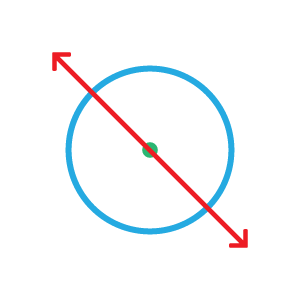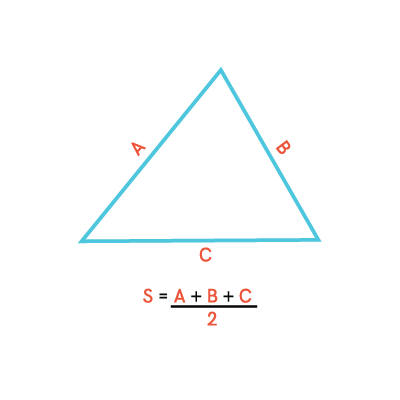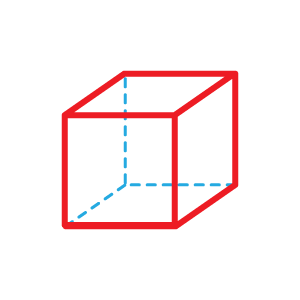Lines and Angles G9
In mathematics, various shapes are either 1-dimensional, 2-dimensional or 3-dimensional. In the previous grades, you might have learnt about some of them consisting of lines, squares, cubes and many more. In this chapter, we will learn in detail about lines and angles. We will explore different types of angles, like the adjacent and complementary angles. …











